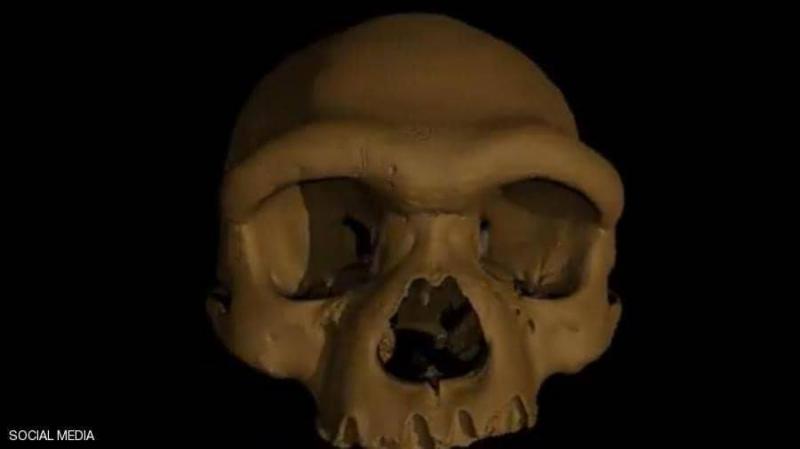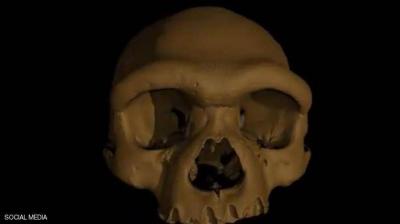Chinese scientists recently made a discovery that could rewrite the story of human evolution. A skull, hidden in a well in Heilongjiang province in northern China for years, has revealed a new branch of the human family tree, previously unknown, dubbed "Dragon Man." The skull was found in 1933 in a well while Chinese workers were constructing a bridge during the Japanese occupation. To prevent it from falling into Japanese hands, the skull was concealed and remained hidden until 2018, when the man who hid it informed his grandson about it.
Regarding the significance of the discovery, Dr. Qiang Ji from Hebei GEO University explained that the skull or "fossil" preserved details of its structure, which will enable researchers to understand human evolution and origins. According to a study published in the scientific journal "The Innovation," the skull belonged to a 50-year-old man and features square-shaped eye sockets, a wide, thick-edged forehead, a broad mouth, and large teeth.
Dr. Qiang Ji stated that the "Dragon Man" skull represents a mix of primitive humans and their derivatives, distinguishing itself from other species referred to as "Homo," from which modern Homo sapiens branched. He noted that the skull is closer to modern humans compared to Neanderthals.
Scientists believe that the skull belongs to a man who lived in a forest-rich environment and was part of a society that relied on hunting, gathering fruits, and vegetables, as reported by "The Guardian," citing Dr. Shijun Ni, a professor of paleobiology at the Chinese Academy of Sciences. Shijun and his team estimated that the skull dates back to around 146,000 years ago during the Middle Pleistocene, based on a series of complex analyses.
Professor Chris Stringer, head of research at the Natural History Museum in London and a participant in the study, described the findings as "one of the most important discoveries in the last fifty years," which will contribute to understanding human origins and evolution over the years.




